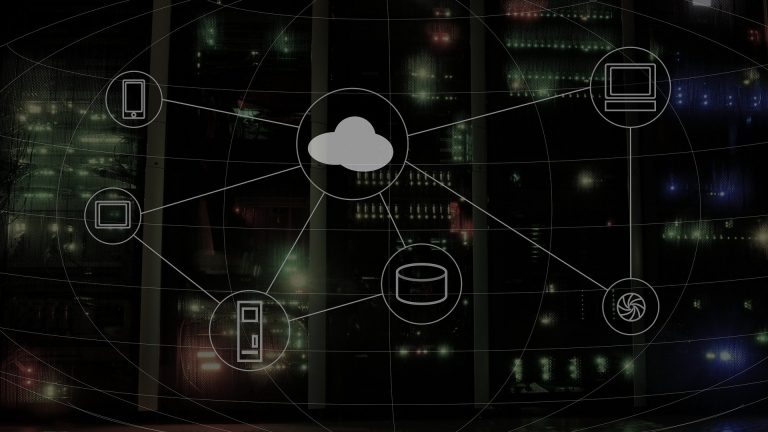Let’s start with an explanation of what a cloud is. It’s not the pretty blue clouds you’re used to seeing on Windows-based desktop backgrounds.
So, what exactly is a cloud?
Before we get into the cloud and cybersecurity debate, there is one point worth mentioning. This is how different professions come up with their own lingo. Doctors have words that help them communicate. Lawyers and accountants are in the same boat. Consider any line of work you’re familiar with and the words that people in that industry use. The same is true in the world of computer and internet technology.
This is just a way of explaining why things like cloud computing exist. It’s not just a ruse to make technology more perplexing. Because it’s a new realm, technical wizards invent new ways to use old words. If you’ve ever used a flow chart, you’re familiar with the symbols that represent different aspects of the chart. The diamond shape, for example, is a symbol for making a decision. If flowcharts aren’t your thing, what about wiring systems? When designing a wiring system, an electrician uses symbols to indicate the components that will be used. When computer architects, system administrators, and computer technicians first started drawing system diagrams, the network symbol looked like this:
This is the symbol for a network, whether it’s a network of a few computers sharing a common space on a server in an office, or shared workgroups on a home computer system, or the internet. So, when we talk about cloud computing, we’re simply referring to the way we share resources on our computers. These resources can be hardware, such as a printer, or software, which we share on a network with others.
You can share any or all of the following when you use cloud computing:
- Infrastructure;
- Platform;
- Software;
- Storage;
- Security;
- Data;
- Databases;
- Infrastructure;
- Platform;
- Software;
- Storage;
- Security;
- Data;
- Databases;
Most, if not all, of these elements, are likely to be shared in the workplace. Your workstation may have a keyboard and monitor, but all of your data and software are stored on the network. Your documents are printed at a printer down the hall or in a special printer room when you print.
You’re doing your work in the cloud. To put it another way, you’re cloud computing. Cloud computing and cybersecurity are described in this book in a way that covers all sizes and implementations of businesses that use this computing method. Because your mail is stored on a server somewhere else in the world and you are simply logging into that server from your own computer, you are using a form of the cloud when you use webmail. Every piece of information is saved on a hard drive. If you’ve been buying computers for a while, you’ve probably noticed that hard drive sizes have steadily increased until they’ve reached terabytes.
Then, all of a sudden, netbooks with tiny hard drives and tablets with small hard drives of 8 gigabytes, i6, or 32 gigabytes became appealing. This was the first sign that people were looking for alternative storage options. Photos can be found on Flickr and Photobucket. Dropbox is where you’ll find your documents. To put it another way, people began to use the cloud. One of the best features of the cloud is that if your computer crashes or gets infected with a virus, your data and photos are safely stored elsewhere. Cloud computing has appeared in a variety of small forms, and it is now emerging as a major solution to the problem of living and working in a rapidly changing and increasingly cyber world.


